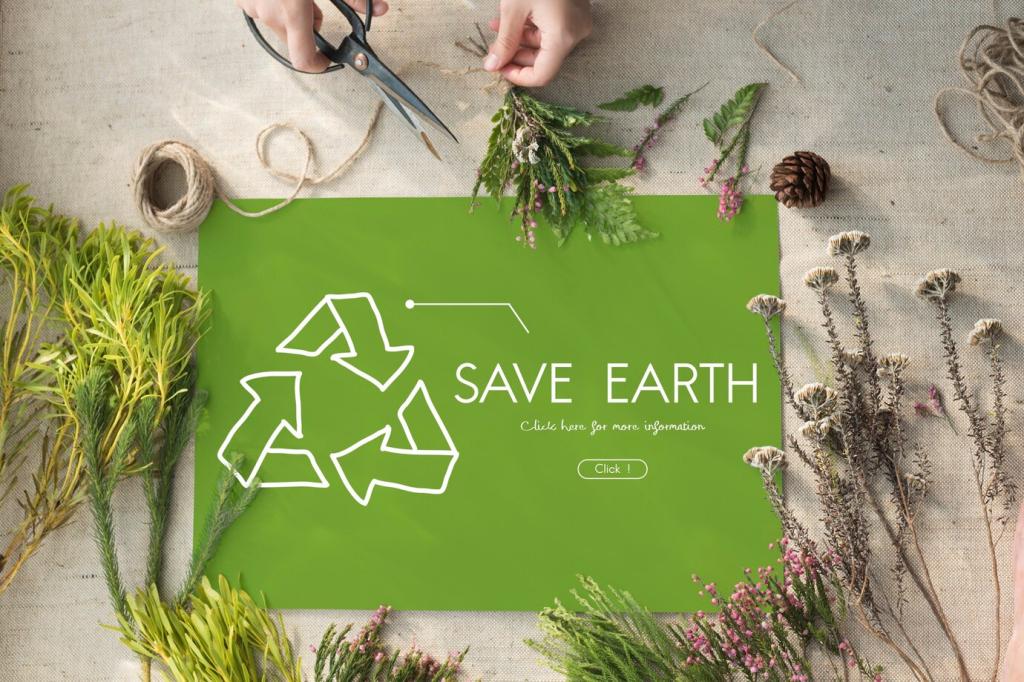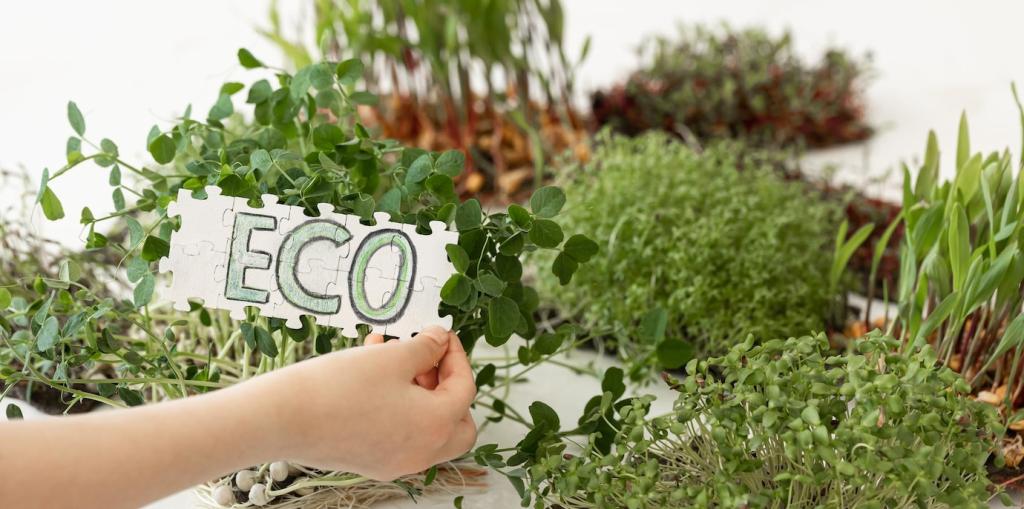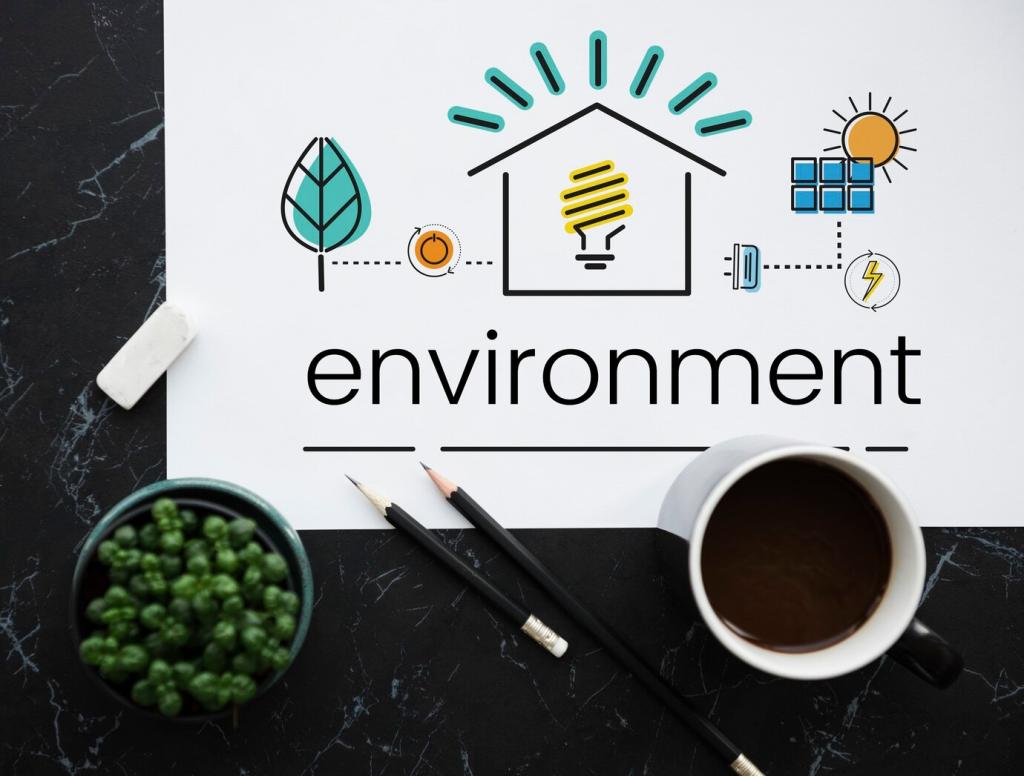Responsive and Eco‑Conscious Web Design
Today’s theme: Responsive and Eco‑Conscious Web Design. Build experiences that feel effortless on any screen while quietly reducing energy use, bandwidth, and carbon emissions. Explore practical methods, candid stories, and clear steps you can apply today. Join the conversation, share your wins, and subscribe for ongoing planet‑friendly design insights.
Why It Matters Right Now
Every kilobyte pushed across networks consumes electricity in data centers, undersea cables, and on user devices. Trim the payload and you trim emissions. Smaller pages load faster, bounce less, and conserve battery life on mobile, creating a win for usability and a win for the climate.




Greener Front‑End Engineering
Audit dependencies, remove unused packages, and prefer native browser features over libraries. Apply code splitting and tree shaking. Consider islands architecture or partial hydration so only interactive regions ship JavaScript, keeping static content simple, fast, and effortlessly battery‑friendly.
Measure What You Improve
Monitor Core Web Vitals alongside total transfer size, request count, and estimated CO2 per page using tools like Website Carbon and Request Map. Translate technical wins into environmental outcomes so stakeholders see both user and planetary benefits clearly.
Measure What You Improve
Throttle bandwidth, simulate high‑latency conditions, and test on older phones. Field data often reveals bottlenecks lab tests miss. When a design holds up under these constraints, it usually means less compute, lower energy needs, and happier users everywhere.

Infrastructure and Operations Choices
Choose Green Hosting and CDNs
Prefer providers that run on verified renewable energy and publish sustainability reports. Check listings from The Green Web Foundation. Pair with a global CDN to shorten routes, reduce latency, and lessen the energy per request for visitors far from your origin.


Caching as a Climate Ally
Set long cache lifetimes for static assets, use immutable content hashing, and embrace stale‑while‑revalidate to keep pages brisk. Fewer origin hits mean fewer servers spun up and fewer watts consumed for repeat visits across your audience.
Content That Travels Light
Tighten copy, remove duplicate pages, and design navigation that helps users find answers quickly. Each avoided click and request saves energy. Invite readers to submit examples where sharper messaging let them delete an entire section without losing conversions.
Content That Travels Light
Only ship video when it adds undeniable value. Use adaptive bitrate streaming, efficient codecs, and meaningful poster frames. Disable autoplay by default, offer captions, and consider short text or images when motion is not essential to understanding.


Story: Shrinking a Site’s Carbon Handprint

The Hefty Homepage
We began with a 4.2 MB homepage: multiple carousels, two analytics suites, and uncompressed hero images. Mobile users waited, bounced, and drained batteries. The audit felt daunting, but we framed success as clarity, not austerity—a better story told with fewer parts.

Design and Code Decisions
We removed a carousel, switched to a single analytics tool, introduced AVIF images, and split the bundle with islands. CSS tokens replaced ad‑hoc styles. The result: 68% fewer bytes, a 41% faster Largest Contentful Paint, and measurably lower estimated emissions per visit.

Outcomes and Next Steps
Signups rose, support tickets fell, and the page finally felt calm. We now track a simple CO2 budget alongside business metrics. What would you try next—iconography cleanup, font rationalization, or API caching? Share your plan below and subscribe for our follow‑up teardown.
